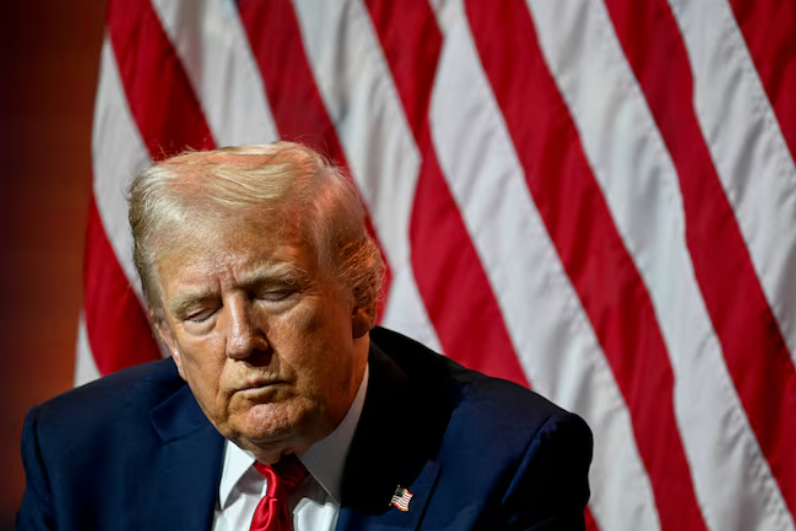As former President Donald Trump attempts to publicly distance himself from Project 2025, an undercover video has revealed that one of the initiative’s key architects continues to boast about its influence over Trump’s second administration and its sweeping, hardline policy goals.
In July, Project 2025 co-author Russell Vought, who now leads the Office of Management and Budget (OMB) in Trump’s second term, met with two individuals he believed were relatives of a wealthy conservative donor. In reality, they were reporters from the Centre for Climate Reporting conducting an undercover investigation. Over the course of a two-hour meeting, secretly recorded on video, Vought described the former president’s public rejection of Project 2025 as “theater” and outlined a plan to reshape the U.S. government along far-right ideological lines.
According to Lawrence Carter, founder of the Centre for Climate Reporting, Vought’s statements reveal how deeply Project 2025’s proposals have been integrated into the new administration.
“They want to make sure that the mistakes from the first Trump administration, where not much got done, are avoided this time around,” Carter said.
Trump’s Policies Mirror Project 2025’s Blueprint

Although Trump has repeatedly claimed to have “nothing to do” with Project 2025, an analysis by CBS News shows that many of his administration’s early actions closely mirror the policy recommendations outlined in the Heritage Foundation’s 900-page playbook.
Among these measures:
- Abolishing the Department of Education, with staff cuts and plans to redistribute its functions to other agencies — a core Project 2025 recommendation.
- Eliminating diversity, equity, and inclusion (DEI) programs across all federal agencies, a policy both Trump and Project 2025 endorse.
- Shifting FEMA disaster costs to state and local governments, reducing federal responsibility for disaster recovery.
- Defunding public broadcasters such as PBS and NPR, and investigating whether their programming violates noncommercial broadcast laws.
- Restricting gender-affirming care for minors and banning transgender individuals from military service — both subjects of ongoing federal litigation.
- Stripping civil service protections through the reinstatement of “Schedule F,” allowing the administration to replace career officials with political appointees.
- Revoking security clearances for former intelligence officials critical of the administration.
- Reversing U.S. participation in the World Health Organization, limiting refugee admissions, and ending Temporary Protected Status for certain immigrant groups.
These moves demonstrate a clear alignment between Project 2025’s policy agenda and the Trump administration’s actions during its first 100 days in office.
Legal and Constitutional Implications
The covert video’s revelations, combined with the administration’s recent executive actions, have raised significant constitutional and administrative law concerns. Legal experts note that efforts to expand presidential authority — including firing independent agency heads and asserting control over civil servants — directly challenge long-standing Supreme Court precedent, particularly Humphrey’s Executor v. United States (1935), which restricts the president’s power to remove independent officials.
Further, the administration’s attempt to restrict federal funding for gender-affirming care and to dissolve agencies such as NOAA may face judicial scrutiny for exceeding executive authority and undermining statutory mandates established by Congress.
A Strategy for ‘Day One’ Power
According to Vought’s remarks in the undercover footage, Project 2025 was designed to ensure that a conservative agenda could be executed “from day one” without the bureaucratic slowdowns that frustrated Trump’s first term. The plan emphasizes replacing senior civil servants, rewriting federal regulations, and consolidating executive control — steps that, if enacted broadly, could permanently alter the balance of power between branches of government.
Carter described the findings as “a rare glimpse into how coordinated this effort is,” noting that Project 2025’s architects view this term as their “second chance to finish the revolution.”

